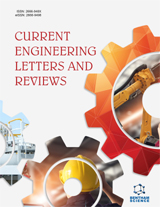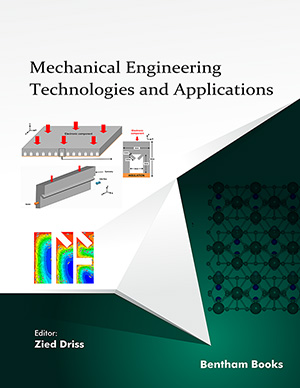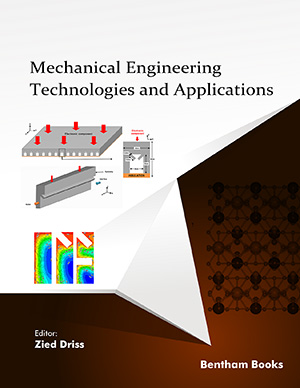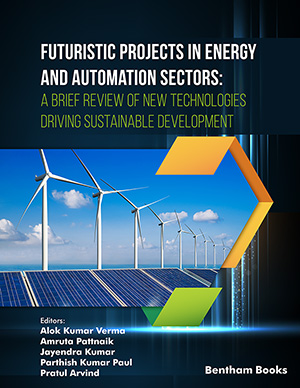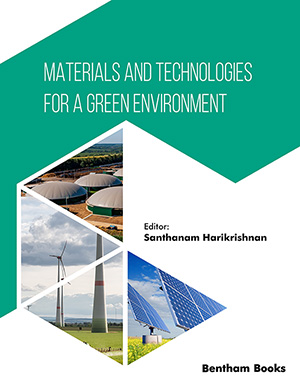Abstract
Background: In wind power generation, the power curve can reflect the overall power generation performance of a wind turbine. How to make the power curve have high precision and be easy to interpret is a hot research topic.
Objective: Because the current power curve modeling method is not comprehensive in feature selection, the simplified model and state curve of a wind turbine are introduced to avoid feature selection and make the model interpret easily.
Methods: A power modeling method based on different working conditions is proposed. The wind turbine system is simplified into three physical models of blades, mechanical transmission and generator, and the energy transfer is expressed by mathematical expressions. The operation process of the wind turbine is divided into three phases: Constant Power (CP), Constant Speed (CS), and Maximum Power Point Tracking (MPPT), and the power expression of each phase is given after the analysis of state curves.
Results: The effectiveness of the proposed method is verified by the Supervisory Control and Data Acquisition (SCADA) data of a 2MW wind turbine. The experimental results show that the Mean Absolute Percentage Error (MAPE) index of the proposed power modeling method based on state curve analysis is 11.56%, which indicates that the power prediction result of this method is better than that of the sixth-order polynomial regression method, whose MAPE is 13.88%.
Conclusion: The results show that the proposed method is feasible with high transparency and is interpreted easily.
Keywords: Wind turbine, power curve, state curve analysis, feature selection, operation condition, prediction.
[http://dx.doi.org/10.1016/j.rser.2013.10.030]
[http://dx.doi.org/10.1016/j.renene.2017.06.039]
[http://dx.doi.org/10.1007/s40799-018-00300-0]
[http://dx.doi.org/10.1016/j.apenergy.2012.04.037]
[http://dx.doi.org/10.1002/we.1651]
[http://dx.doi.org/10.1016/j.jweia.2014.11.014]
[http://dx.doi.org/10.1016/j.energy.2014.06.013]
[http://dx.doi.org/10.1016/j.renene.2015.11.065]
[http://dx.doi.org/10.46300/9106.2021.15.39]
[http://dx.doi.org/10.1115/1.4039800]
[http://dx.doi.org/10.1061/(ASCE)EY.1943-7897.0000125]
[http://dx.doi.org/10.1002/9781118703274]
[http://dx.doi.org/10.1177/0954407019879258]
[http://dx.doi.org/10.1061/(ASCE)EY.1943-7897.0000612]
[http://dx.doi.org/10.1002/rnc.5393]
[http://dx.doi.org/10.1109/PESS.2001.970114]
[http://dx.doi.org/10.1109/ECCE.2010.5617747]










